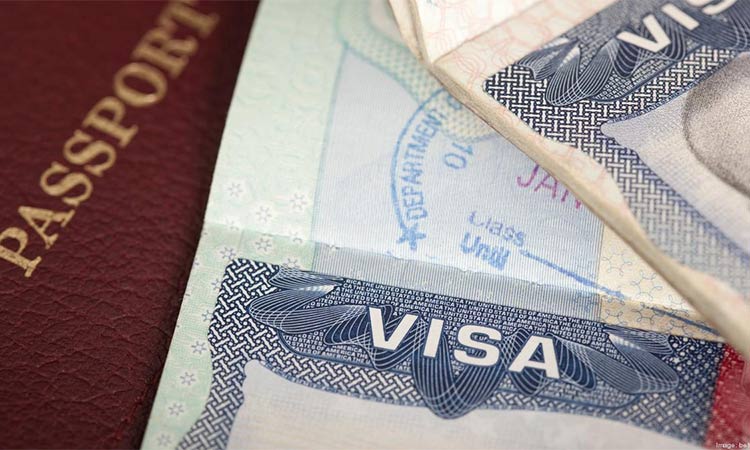‘Crimmigration’ goes against America and its ideals

Under the crimmigration system, migrants are incarcerated for trying to come to the United States.
Naomi Ishisaka, Tribune News Service
The world watched in horror last year as the Trump administration’s zero tolerance policy left thousands of children separated from their parents with many held in cages at the border. But what was lost in the outrage was that while unconscionable and inhumane, the family separation policy was just a grotesque extension of a decades-long shift to criminalising immigration, a practice known as “crimmigration.”
Crimmigration — advanced by both Democratic and Republican administrations — is the intersection of immigration and criminal law, and while most alive today don’t remember any other way, it is a relatively new phenomenon in the US. It can be traced back to the early 1980s when “crime” became used as a surrogate for race as a more socially acceptable rationale for “get tough” policies that disproportionately targeted Black and Latino people and led to the explosion of mass incarceration.
Under the crimmigration system, migrants are incarcerated for trying to come to the United States, over 100,000 in 2018 alone. A multitude of offences large and small are increasingly deemed “aggravated felonies” to create a rationale for detaining undocumented immigrants. Asylum seekers are imprisoned for following the law and showing up in person to make their claim for safe harbour. This, against a backdrop of an immigration process that is prohibitively difficult to successfully navigate under “legal” processes.
University of Denver law professor Cesar Cuauhtemoc Garcia Hernandez, author of the new book “Migrating to Prison,” said it’s critical to understand this approach is not just the natural order.
“We now think of immigration prisons as essential to a functioning immigration law enforcement system,” Garcia Hernandez said. “But the reality is that between the mid-1950s and the late 1970s, we didn’t really lock people up. For 25 years or so ... the United States got really close to shutting down its immigration prison system. And the country did not come tumbling down.”
Today, the US has the world’s largest immigrant detention system, according to the Global Detention Project, holding over 50,000 people a day in a network of jails and private detention centers.
US immigration policy has always been underpinned by racism and xenophobia — manifested in policies like the white-male-only citizenship act of 1790 or the Chinese Exclusion Act of 1882 — but the current immigrant mass detention system brought on by crimmigration is nothing like we have seen before.
One reason for this move to mass detention is that there are a multitude of entities making money off the industry. Private detention companies like GEO Group and CoreCivic (formerly Corrections Corporation of America/CCA) treat humans confined in their detention centers as commodities. Profiting from lucrative government contracts, they make money backward and forward: first, from contracts to hold 71% of the country’s immigrant detainees and then from having detainees do the center’s basic labor for $1 a day. Many rural towns and counties vie fiercely for detention centers for the jobs and taxes they bring.
It’s long past time to challenge our policymakers about our crimmigration system and shift our thinking as a society. Whose interests does it serve to detain hundreds of thousands of people at a financial price tag of $3 billion a year and incalculable human cost? How does it increase public safety? How does it align with a vision of a United States where immigrants are welcome? What would you do if your family was fleeing war or poverty?
What Garcia Hernandez calls the “invisible giant” of immigrant detention that grew to historic levels under President Barack Obama, is now fueled by the Trump and Fox News rhetoric of dangerous and criminal “illegal aliens” as well as policies crafted by white nationalist-linked Stephen Miller.
But with public attention and calls for change, Garcia Hernandez said, this does not have to be our future. “We’ve gone from almost no immigration prisoners to almost half a million immigration prisoners (a year),” he said. “If we can do that in my lifetime, I’m hopeful that we can undo that in my lifetime.”







